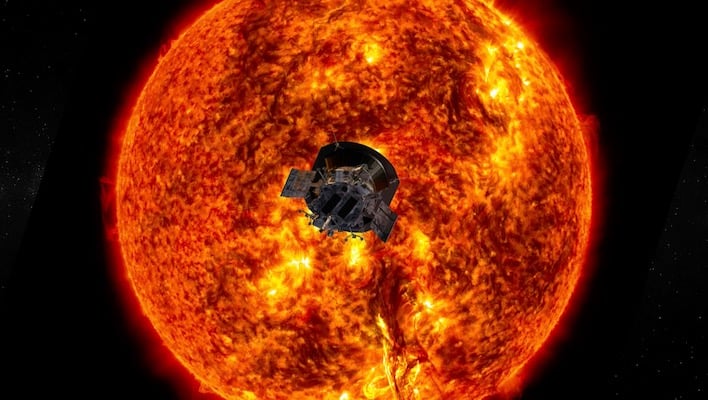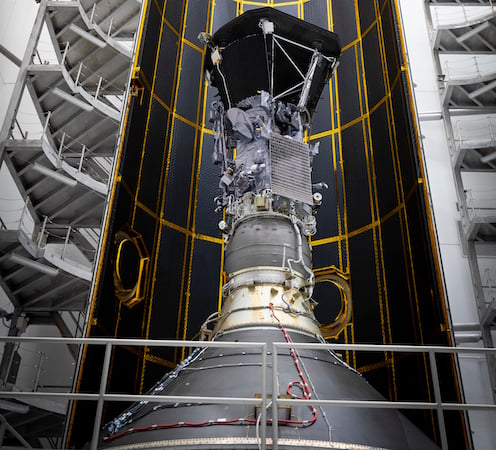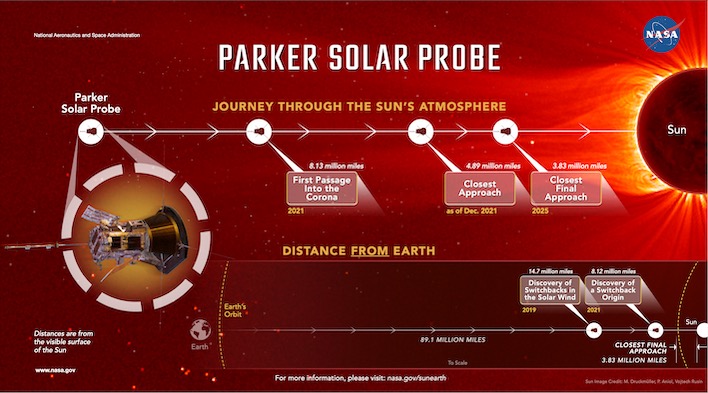NASA Parker Solar Probe Is The First Spacecraft Ever To Touch The Sun

Landing on the Moon helped scientists learn how the satellite was formed. In much the same way, Parker’s mission, as well as those by other space agencies, will aid us in understanding how our closest star operates and influences Earth and the rest of our solar system.
In Washington, NASA’s associate administrator for the Science Mission Directorate explained the importance of today’s milestone.
Parker Solar Probe “touching the Sun” is a monumental moment for solar science and a truly remarkable feat. Not only does this milestone provide us with deeper insights into our Sun’s evolution and [its] impacts on our solar system, but everything we learn about our own star also teaches us more about stars in the rest of the universe.
In past missions, spacecraft were too far from the Sun to observe the kind of discoveries Parker Solar Probe. Can. The craft has already witnessed the flow of particles in the solar wind, for example.

In 2019, it saw that the switchbacks, magnetic zig-zag structures within the wind, were plentiful close to the Sun. How and why they formed was a mystery until the probe got closer to the star. Parker’s latest passages have been able to identify the solar surface as one point of origin of the switchbacks.
Scientists hope that Parker, launched in 2018 to uncover mysteries of the Sun by flying closer to it than any previous spacecraft, will continue to provide valuable information. From Johns Hopkins Applied Physics Laboratory, Parker project scientist Nour Raouafi explained that the probe “senses conditions in the magnetically dominated layer of the solar atmosphere” that were never attainable before.

During this flyby, Parker passed in and out of the corona several times. Some had predicted that the threshold of this upper atmosphere had spikes and valleys, rather than being smoothly shaped like a ball. Called the Alfvén critical surface, this threshold is the end of the solar atmosphere and beginning of the solar wind.
Future missions, NASA anticipates, could help scientists gain even more clues about the formation of the Sun’s upper atmosphere. Perhaps, scientists will be able to determine how the magnetic switchbacks form and connect to magnetic funnels closer to the star’s surface.

